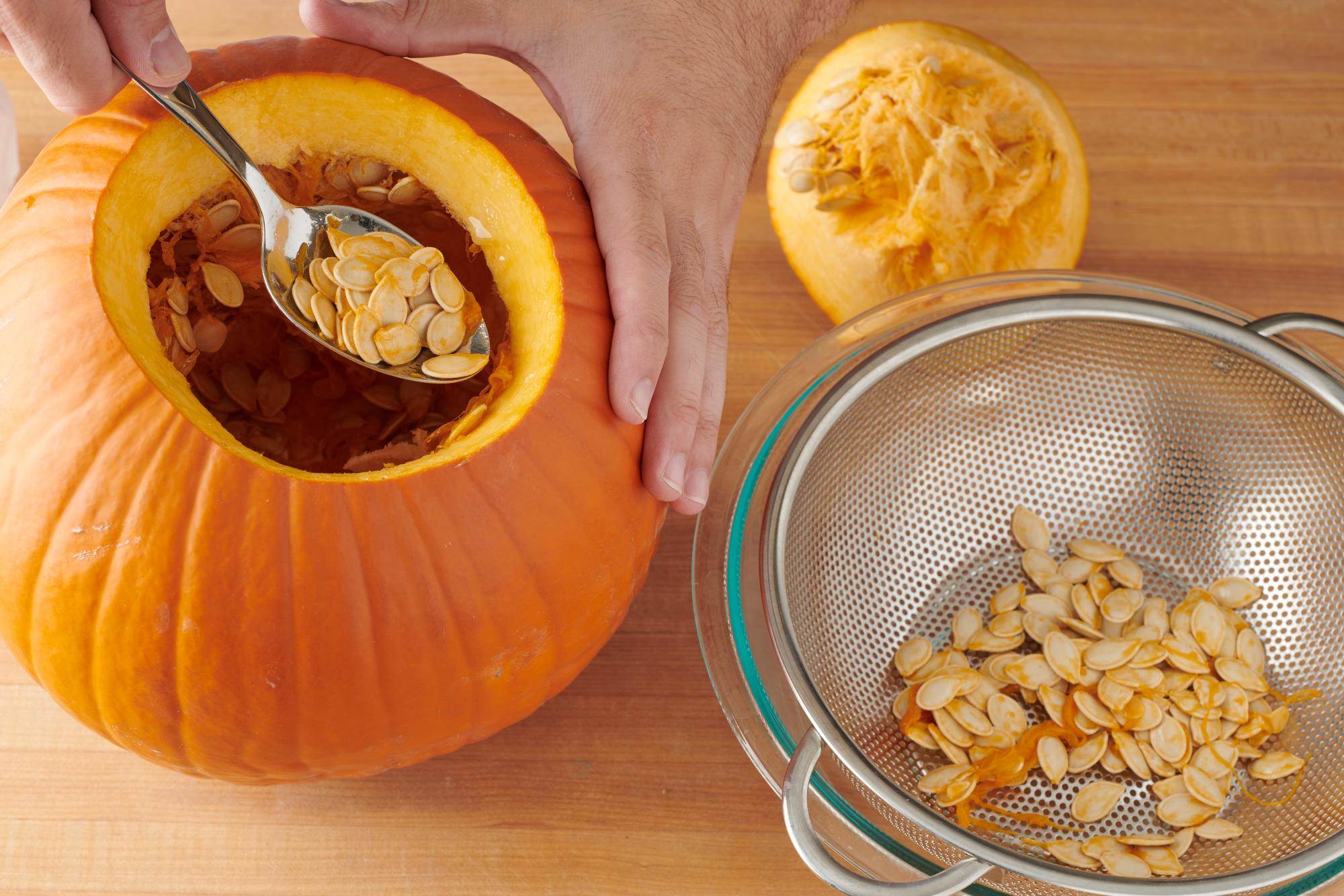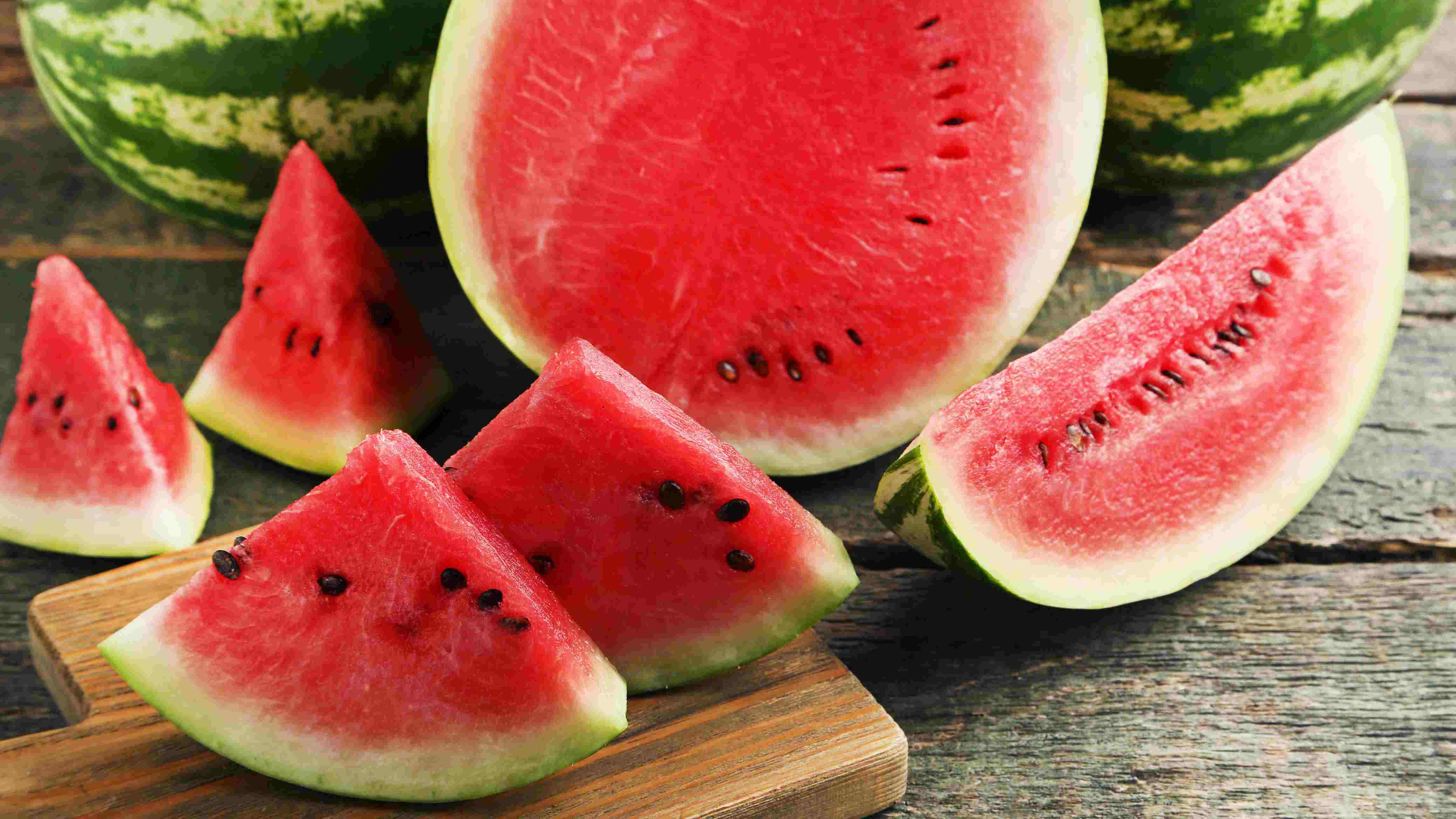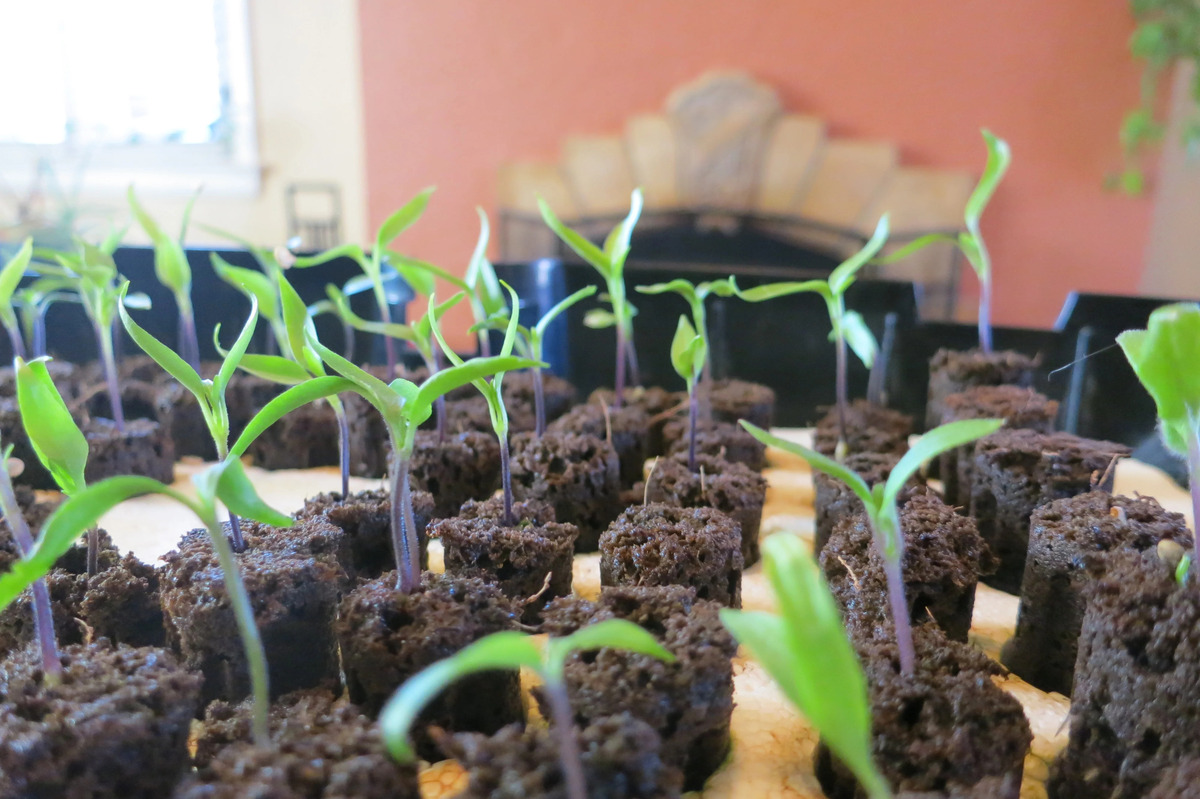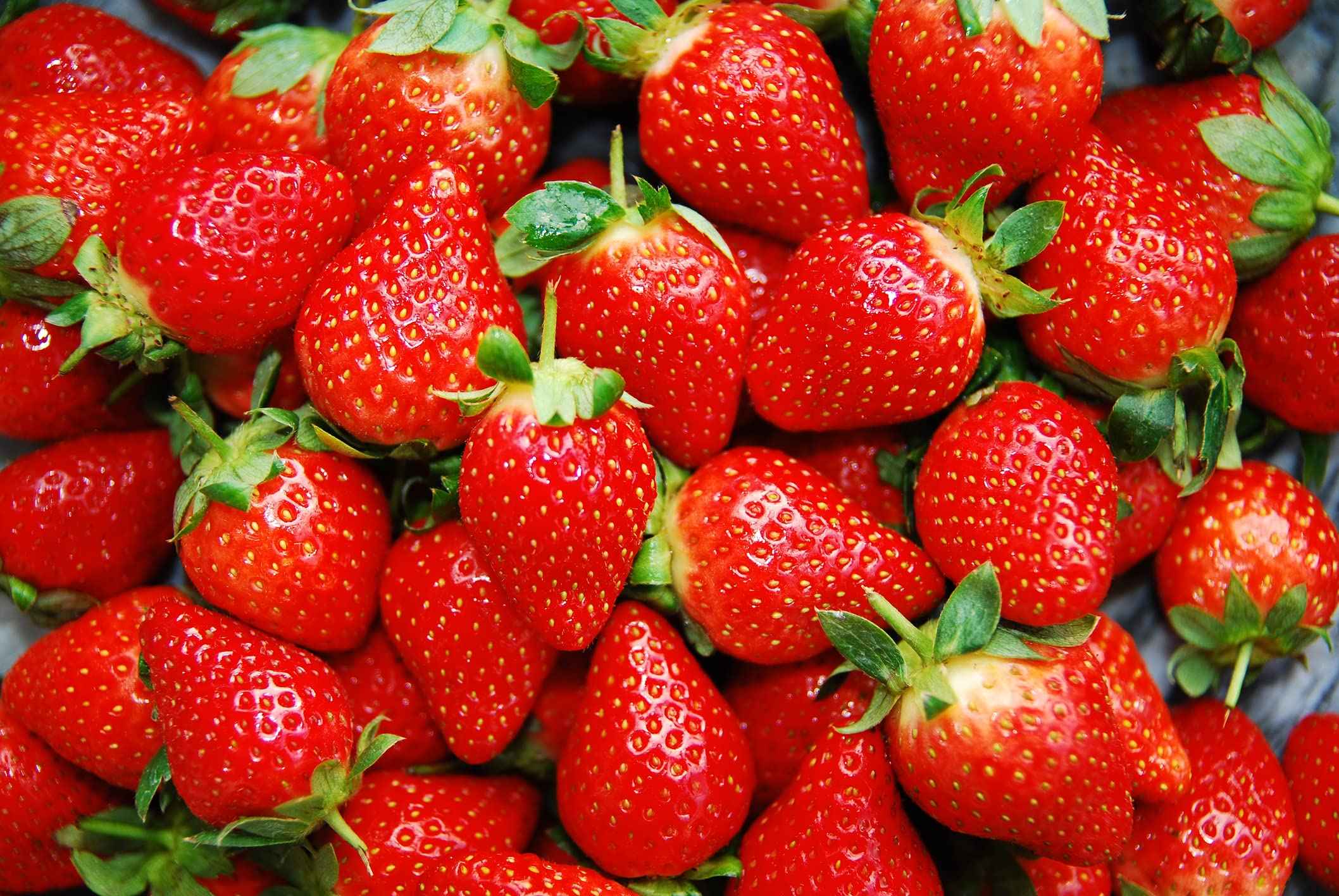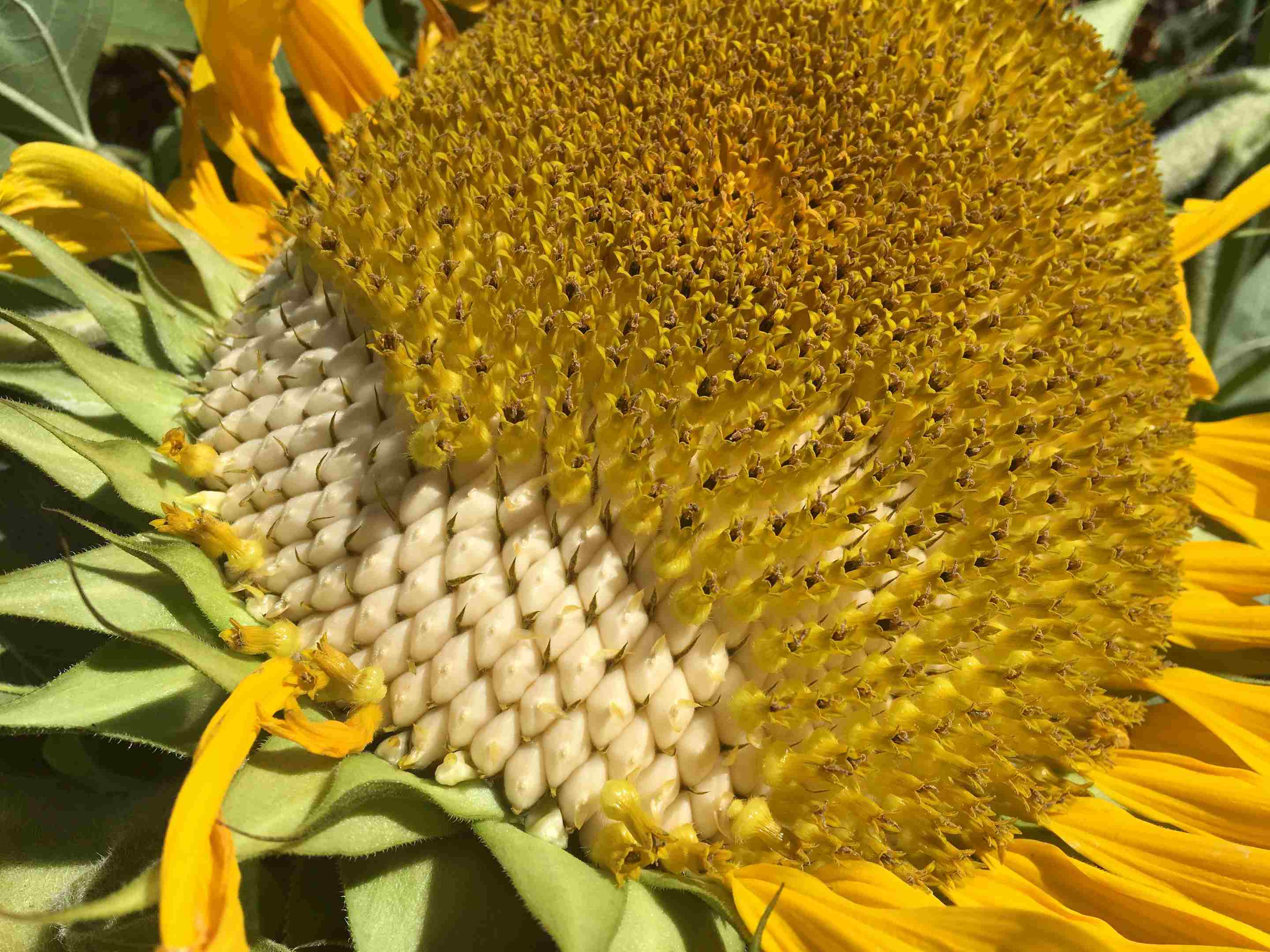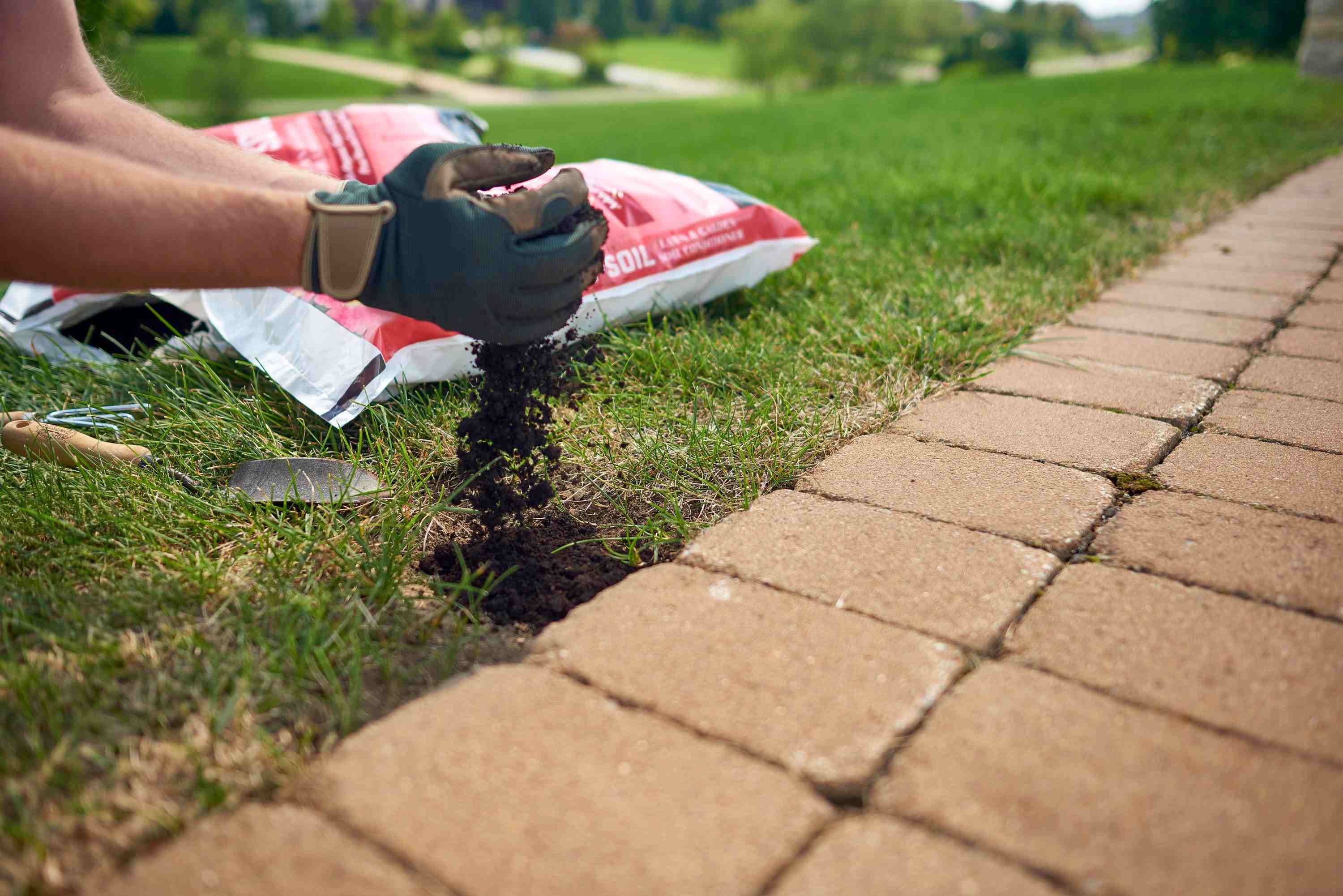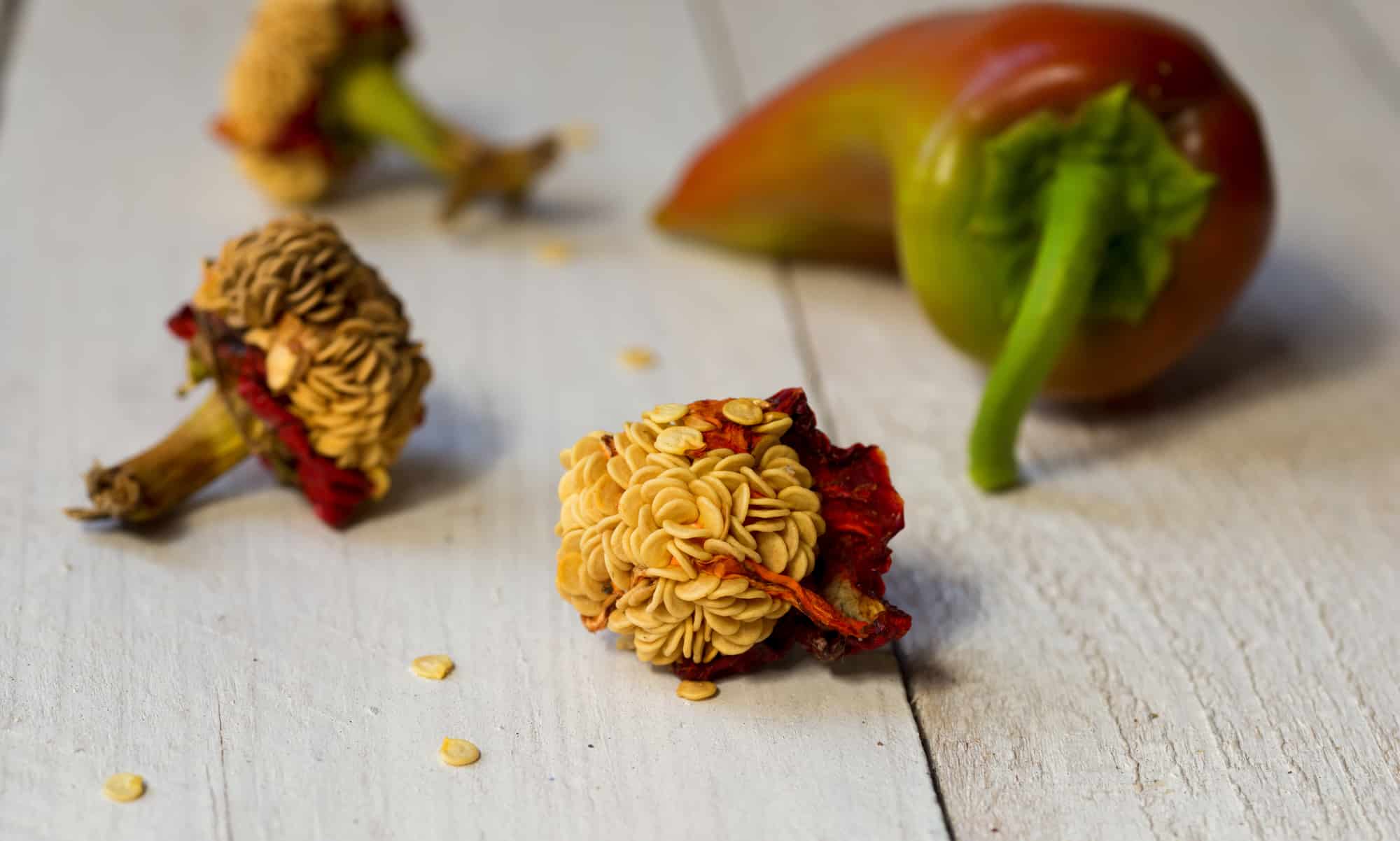Home>Gardening Tips and Tricks>Problem Solving>How Many Pepper Seeds To Plant Per Hole
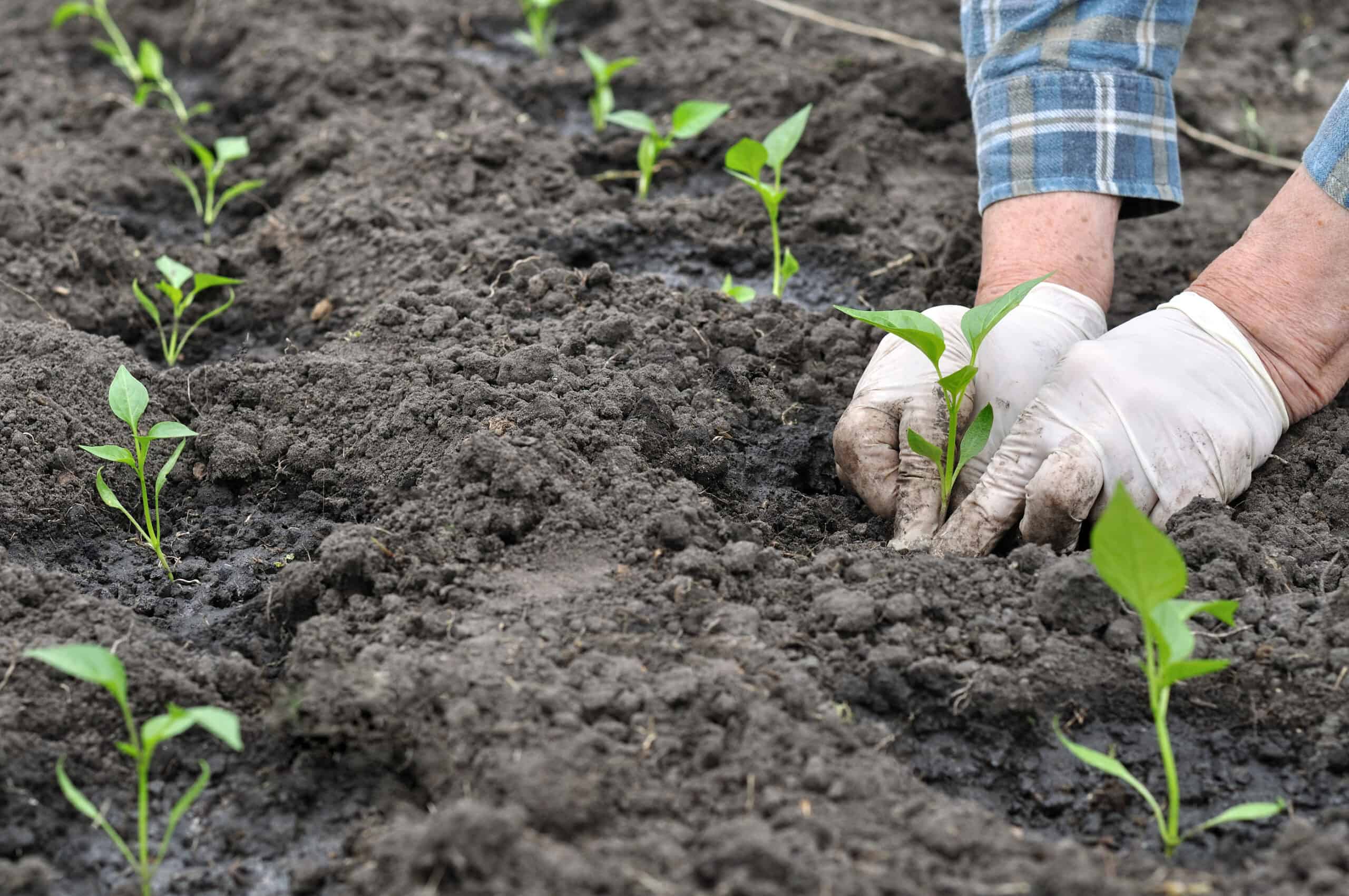

Problem Solving
How Many Pepper Seeds To Plant Per Hole
Modified: January 22, 2024
Learn how to solve the problem of determining the ideal number of pepper seeds to plant per hole in your garden with our helpful guide.
(Many of the links in this article redirect to a specific reviewed product. Your purchase of these products through affiliate links helps to generate commission for Chicagolandgardening.com, at no extra cost. Learn more)
Table of Contents
Introduction
Welcome to the world of pepper seed planting! Whether you are a seasoned gardener or a beginner, understanding the optimal spacing for pepper seeds can greatly influence the success of your pepper plant growth and productivity. The proper spacing ensures that each seed has enough room to grow, receive adequate sunlight, nutrients, and water, and reduces the risk of overcrowding, disease, and pest infestation.
Pepper plants are a popular choice among gardeners for their vibrant colors, rich flavors, and versatility in culinary creations. From bell peppers to jalapeños and habaneros, these plants are a wonderful addition to any garden or vegetable plot. However, to ensure the health and yield of your pepper plants, it’s essential to give them the right amount of space to thrive.
In this article, we will explore the factors that affect pepper seed spacing, the optimal spacing for pepper seeds, and the various factors to consider when determining the number of pepper seeds per hole. Additionally, we will discuss techniques for planting pepper seeds to maximize their growth potential.
Whether you’re planning to grow peppers in containers, raised beds, or traditional garden plots, the information provided here will help you make informed decisions and achieve successful pepper plant cultivation.
Factors Affecting Pepper Seed Spacing
When it comes to determining the spacing between pepper seeds, several factors come into play. Understanding these factors will enable you to make informed decisions and provide the optimal conditions for your pepper plants to thrive.
1. Variety of pepper: Different varieties of peppers have varying growth habits and sizes. Some varieties, like bell peppers, have compact growth, while others, like banana peppers, can spread out more. It’s important to consider the mature size and growth habit of the specific pepper variety you are planting to determine the appropriate spacing.
2. Planting method: The method you choose for planting pepper seeds also plays a role in spacing. If you plant peppers in rows, you need to consider the space required for walking between the rows and the ease of harvesting. On the other hand, if you’re planting peppers in raised beds or containers, you can space them closer together since there won’t be as much need for walking space.
3. Soil fertility and nutrient availability: The quality and nutrient content of your soil can affect the spacing of pepper seeds. If you have rich, fertile soil, pepper plants can be spaced closer together as they will have access to an abundance of nutrients. However, if your soil is less fertile, it’s advisable to give pepper plants more space to allow them to access the limited nutrients available.
4. Climate and sunlight exposure: The climate and amount of sunlight your pepper plants receive also influence their spacing needs. Peppers thrive in warm and sunny conditions, and spacing them properly ensures that each plant receives adequate sunlight for photosynthesis and growth. Consider the position of your garden or planting area and plan the spacing accordingly.
5. Disease and pest resistance: Some pepper varieties are more resistant to diseases and pests than others. If you’re planting disease-resistant varieties, you may be able to space them closer together since they have a lower risk of being affected by these issues. However, if you’re growing susceptible varieties or have had issues with diseases or pests in the past, it’s advisable to provide more space to allow for better air circulation and reduce the risk of disease spread.
By considering these factors, you can ensure that your pepper plants have the appropriate spacing they need for optimal growth and yield. It’s crucial to strike a balance between providing sufficient space for each plant and maximizing the available planting area.
Optimal Spacing for Pepper Seeds
Proper spacing of pepper seeds is crucial for the healthy development of your plants and to maximize their yield. While the exact spacing may vary depending on factors such as variety, growing conditions, and planting method, there are general guidelines to follow when determining the optimal spacing for pepper seeds.
1. Row spacing: If you’re planting peppers in rows, a spacing of 18 to 24 inches (45 to 60 cm) between rows is recommended. This allows for easy access for maintenance and harvesting, as well as good air circulation between plants to reduce the risk of diseases.
2. Plant spacing: Within each row, the spacing between pepper plants should be around 12 to 18 inches (30 to 45 cm). This provides enough room for the plants to grow and spread their branches without overcrowding. However, for smaller varieties or containers, you can slightly decrease the spacing to 8 to 12 inches (20 to 30 cm).
3. Spacing for taller varieties: If you’re growing taller varieties of peppers, such as chili or cayenne, it’s important to give them some additional space to support their height. Aim for a spacing of 24 to 36 inches (60 to 90 cm) between rows and 18 to 24 inches (45 to 60 cm) between plants within the row.
4. Intercropping: Consider interspersing your pepper plants with compatible companion plants to make the most of your garden space. For example, you can plant basil, marigold, or onions between the pepper plants to help repel pests and improve overall plant health. Make sure to provide enough space for each plant to grow and receive adequate sunlight and nutrients.
5. Container gardening: If you’re growing peppers in containers, choose a container size that allows for at least 12 inches (30 cm) of space between each plant. This will provide enough room for the roots to develop and prevent overcrowding.
Remember that these are general guidelines, and you can adjust the spacing based on the specific varieties you’re planting and the space available. It’s essential to monitor the growth of your pepper plants and make any necessary adjustments as they develop. Regularly thinning the plants, especially if seedlings are close together, will also help promote better growth and prevent overcrowding.
By providing the optimal spacing for your pepper seeds, you give your plants the best chance to thrive, produce abundant fruit, and ensure proper air circulation and disease prevention. Take into account the unique requirements of each pepper variety and adapt the spacing accordingly to achieve a bountiful pepper harvest.
Factors to Consider in Determining the Number of Pepper Seeds per Hole
Planting pepper seeds is not just about spacing between plants, but also about the number of seeds you should place in each planting hole. The number of pepper seeds per hole depends on various factors that contribute to the overall success of your pepper plant growth and development.
1. Seed viability: Before deciding on the number of pepper seeds per hole, it’s crucial to consider the viability of the seeds. Some seeds may have a higher germination rate than others. If you have high-quality seeds with a good germination rate, you can plant a single seed per hole. However, if you have older seeds or seeds with a lower germination rate, you may want to plant multiple seeds per hole to increase the chances of successful germination.
2. Plant spacing: As mentioned earlier, the spacing between pepper plants is an important consideration. If you plan to thin or transplant seedlings after they have sprouted, it’s advisable to plant multiple seeds per hole and thin them out later. This ensures that you have a backup in case some seeds fail to germinate or thrive. However, if you have limited space or prefer to have a smaller number of plants, you can stick to planting one seed per hole.
3. Succession planting: If you intend to have a continuous harvest of peppers throughout the growing season, you can stagger your planting by using succession planting. Rather than planting all the seeds at once, you can plant a few seeds per hole every few weeks. This ensures a steady supply of peppers and reduces the risk of a crop failure due to pests, diseases, or unfavorable weather conditions.
4. Desired plant density: The density of plants you want in your garden or planting area is another factor to consider. Some gardeners prefer a denser planting arrangement to maximize their yield, while others prefer to space the plants further apart for better airflow and less competition for resources. Determine the desired plant density based on your gardening goals, available space, and the specific pepper variety you’re planting.
5. Crop yield: Consider the expected yield of peppers you’re aiming for. If you require a significant amount of peppers, you may want to increase the number of seeds per hole to ensure a higher number of plants. However, keep in mind that overcrowding can lead to competition for resources and potentially stunted growth. Finding the right balance between sufficient plant density for a good yield and enough space for each plant to thrive is crucial.
By taking into account these factors, you can make informed decisions about the number of pepper seeds to plant per hole. It’s essential to strike a balance between maximizing germination success, achieving the desired plant density, and ensuring optimal growth conditions for your pepper plants throughout their life cycle.
Techniques for Planting Pepper Seeds
Planting pepper seeds is an exciting and rewarding endeavor. With the right techniques, you can give your seeds the best chance of germinating successfully and growing into healthy, productive pepper plants. Here are some techniques to consider when planting pepper seeds:
1. Starting seeds indoors: Pepper seeds benefit from an early start indoors, especially in areas with shorter growing seasons. Begin by filling seed trays or small pots with a well-draining seed-starting mix. Plant the seeds about ¼ to ½ inch (0.6 to 1.3 cm) deep, covering them lightly with the soil. Keep the soil consistently moist and provide warmth, ideally using a heating mat or placing the trays near a warm spot in your home.
2. Providing optimal conditions: Pepper seeds require warm soil temperatures between 75 to 85°F (24 to 29°C) for germination. To enhance germination rates, you can cover the planted trays with plastic wrap to create a greenhouse effect until the seeds sprout. Once the seedlings emerge, remove the plastic wrap and provide them with ample light, preferably 14-16 hours of bright, indirect light per day using grow lights or by placing them in a sunny window.
3. Thinning seedlings: As the pepper seedlings grow, it’s essential to thin them out to prevent overcrowding and promote vigorous growth. When the seedlings have developed their first true leaves, carefully remove the weaker seedlings, leaving only the healthiest, strongest plants in each cell or pot. Thinning allows each plant to have enough space, light, and nutrients to thrive.
4. Harden off the seedlings: Before transplanting the seedlings outdoors, they need to be hardened off. Gradually expose them to outdoor conditions by placing them outside for a few hours each day, gradually increasing the duration over the course of a week. This process helps acclimate the plants to the outdoor environment and reduces the risk of transplant shock.
5. Transplanting: Once the seedlings have been hardened off, choose a suitable planting location with well-drained soil and full sun exposure. Dig holes that are slightly larger than the root ball of the seedlings and space them according to the recommended spacing, ensuring they are at the same depth as they were in their containers. Water the seedlings immediately after transplanting to settle the soil and provide them with the necessary moisture.
6. Mulching and watering: After transplanting, apply a layer of organic mulch around the base of the plants to help conserve moisture, regulate soil temperature, and suppress weed growth. Pepper plants prefer consistent moisture but do not like being overly saturated. Water the plants deeply once or twice a week, allowing the soil to dry out slightly between waterings. Avoid wetting the leaves, as this can promote disease development.
By following these techniques, you can ensure the successful germination and growth of your pepper seeds. Remember to monitor the plants regularly, address any pests or diseases promptly, provide support as they grow taller, and harvest the peppers at their optimal ripeness for the best flavor and yield. With proper care and attention, your pepper plants will thrive and provide you with a bountiful harvest.
Conclusion
Planting pepper seeds requires careful consideration of factors such as spacing, number of seeds per hole, and proper planting techniques. By understanding these factors and implementing the right strategies, you can set the stage for successful pepper plant growth and a bountiful harvest.
Ensuring the optimal spacing for pepper seeds is essential to provide each plant with sufficient room to grow, access sunlight, nutrients, and water, and reduce the risk of overcrowding and disease. Factors such as variety, planting method, soil fertility, climate, and disease resistance influence the spacing requirements of your pepper plants.
Determining the number of pepper seeds per hole depends on seed viability, desired plant density, succession planting, and crop yield goals. By considering these factors, you can find the right balance between germination success, plant density, and growth conditions for your peppers.
Implementing techniques like starting seeds indoors, providing optimal conditions, thinning seedlings, hardening off, and transplanting properly can greatly contribute to the success of your pepper plants. Mulching and proper watering practices also play a significant role in maintaining plant health and productivity.
Remember to regularly monitor your plants, address any issues promptly, and provide the necessary care throughout the growing season. Harvest peppers at their optimal ripeness for the best flavor and yield.
Whether you’re growing bell peppers, jalapeños, or any other variety, the satisfaction of growing your own peppers and enjoying their flavors in your favorite dishes is incomparable. With these guidelines in mind, you are well-equipped to embark on a successful pepper-growing journey and reap the rewards of your efforts.
Happy pepper planting!


